Sustainably Driven
Creating Greater Biodiversity and Greener Buildings for a sustainable future
In the last 50 years the number of days that have broken Australian heat records have doubled. Once in a lifetime floods and storms are regular occurrences and we continue to see more extreme drought and fire seasons. The devastating impact we are having on our world can no longer be ignored.
The built environment generates nearly 50% of our annual global CO2 emissions. It’s why it’s so important to create spaces that respect the environment and facilitate new ways of thinking and living. Together, we can change this, to create a sustainable future that sees Greater and Greener Built outcomes that respect our environment.
WHERE WE ARE HEADING
Understanding that change starts with us, we are working towards key goals around sustainability as a practice. These include:
20%
Increase in on site biodiversity
10%
Annual reduction in line with global targets
0%
Reduce emissions to net zero by 2030
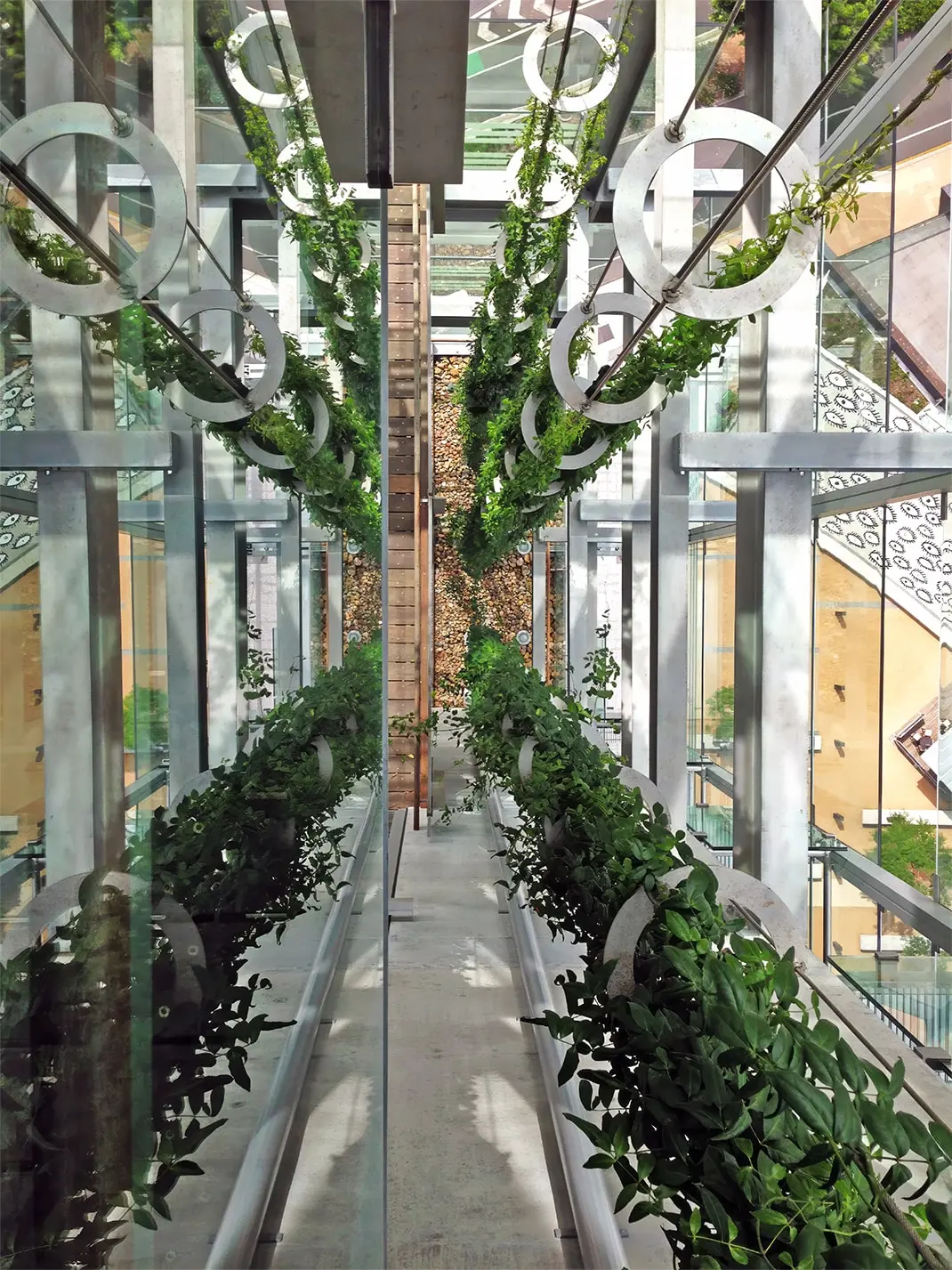
ROADMAP PROGRESS
“We have a great responsibility as architects, landscape architects, and interior designers to create spaces that foster respect for the environment and facilitate new ways of thinking and living.”
Sustainable ways we design
To create greener, better projects, we use a range of leading initiatives that reduce greenhouse gas emissions and support the Government in meeting its carbon-neutral obligations, including being carbon neutral by 2030.
Our passion for sustainability flows through to our projects, where we strive to minimise the impact of our construction in line with sustainable development goals. Dedicated to going beyond the standard requirements, we actively research and monitor the evolution of Ecologically Sustainable Design (ESD) to stay at the forefront of design initiatives and satisfy the changing needs of our clients. As part of our service offering, we have several Green Star accredited staff and work collaboratively with ESD specialist consultants.

Reduce Embodied Carbon
We actively choose low-embodied carbon materials, like sustainably sourced timber and recycled steel, and design for durability and adaptability to reduce long-term environmental impact.

Prioritise Energy Efficiency and Passive Design
We implement passive design strategies by optimising building orientation, leveraging thermal mass, promoting natural ventilation, and employing high-quality insulation to significantly enhance energy efficiency.
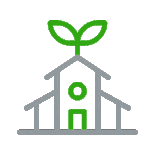
Create Healthy Spaces
This includes biophilic design (connection with nature), salutogenic design (minimising stress), noise reduction, healthy material selection, ergonomic design, natural lighting and ventilation, and ease of maintenance.

Design Regenerative Landscapes
We aim to go beyond sustainability and focus on regenerative design principles designing to restore biodiversity and enhance ecosystems, contributing to climate resilience.
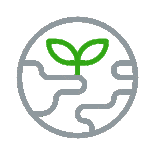
Use Minimal Resources with Maximum Impact
We actively design for resource efficiency, striving to deliver maximum functionality and aesthetic appeal with minimal material and waste.

Utilise Renewable Energy
We strive for a net-zero or net-positive energy building that generates more energy annually than it uses.
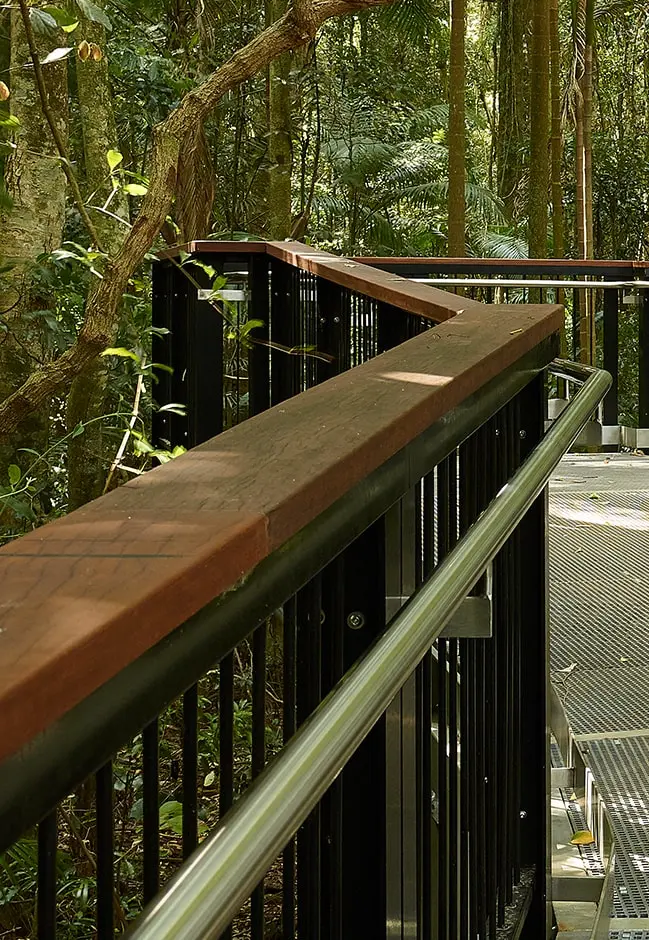
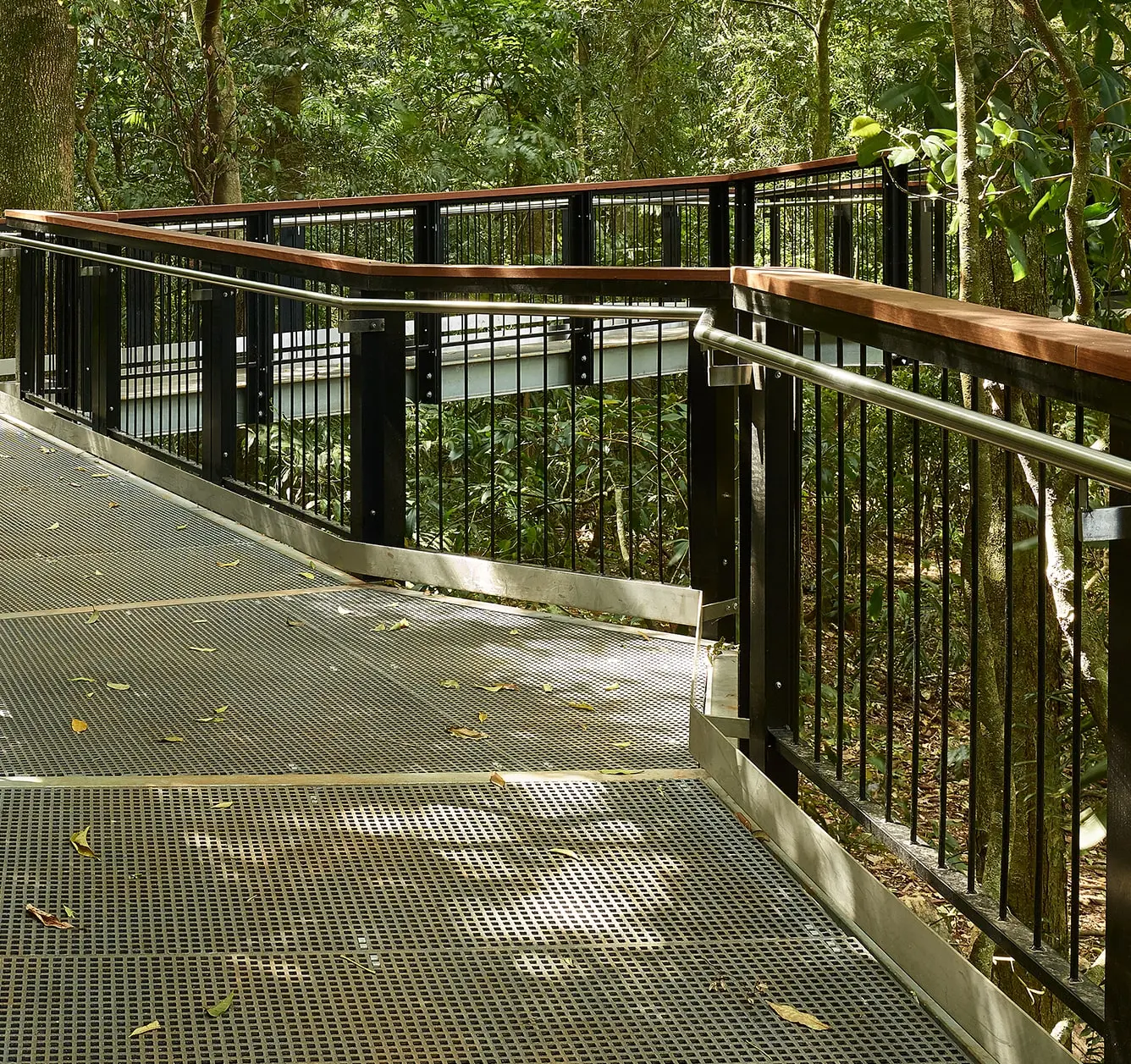
Sustainable ways we operate
As a practice we are committed to operating sustainably. Through our day-to-day studio operations, we have implemented the following sustainable initiatives:
- Use 100% recycled toilet paper and paper towel supplies from Who Gives a Crap, an organisation that donates 50% of their profits to help build toilets for those in need
- On-premises worm farm at our Brisbane Studio to turn decomposing organic matter and food scraps into compost
- Separate bins in both studios to divert items from landfill and dispose of items appropriately, including Paper and Cardboard Recycling, Mixed Recycling, Soft Plastics, Landfill and Green and food waste
- Additional recycling stations for prescription glasses, used pens and stationery, batteries, and cartridges
- Electronic waste donated to eWaste Connection
- Zero waste cleaning products supplied by Nitty Gritty organics in Brisbane and Zero Co Australia in the Melbourne studio, which are people- and planet-friendly products in pre-filled, returnable packaging made from recycled materials
- Suitable end-of-trip shower facilities at both studios to support sustainable transport.
Carbon Neutral
In our ongoing commitment to operating sustainably, we are certified carbon neutral through Climate Active with 100% Australian carbon credit units. This ensures we support Australian offset projects, our communities, and the local environment.
GB-A are committed to developing a detailed emission reduction strategy following the emission reduction requirements of a Science Based Target. The strategy includes the following measures as well as the timeframe for their implementation:
- Measuring and reporting our organisational carbon footprint annually
- Purchasing Green Power® to eliminate emissions associated with electricity consumption
- Reducing the number of flights taken by staff using video conferences and purchasing flight offsets where flying is required
- Flexible working arrangements to reduce emissions associated with staff travel
- Improvements to natural ventilation in both offices to reduce reliance on air conditioning
- Investigation of solar PV to the Brisbane studio and electric vehicle charging point.
- Educating and engaging our staff to minimise their impacts both at work and at home
Carbon Offsets
Our Carbon Offsets are purchased annually in arrears at the end of each reporting period. We will look to primarily purchase offsets involved with Australian projects that align with our organisational values. These include:
Cool Fire
Arnhem Land in the Northern Territory is prone to extreme, devastating wildfires that affect the landscape, people, plants, and animals. These projects comprise an entirely Aboriginal owned, not-for-profit carbon farming business created by Aboriginal Traditional Owners in Arnhem Land to support their engagement with the carbon industry. Arnhem Land Fire Abatement (ALFA) currently supports Traditional Owners to manage five fire projects across an area of over 80,000 km2.
Aboriginal Traditional Owners and rangers utilise customary fire knowledge to accomplish highly sophisticated landscape-scale fire management. Controlled burns are conducted early in the dry season to reduce fuel on the ground and establish a mosaic of natural firebreaks, preventing bigger, hotter, and uncontrolled wildfires later in the season. Using both aerial burning (incendiary pellets dropped from helicopters) and ground burning, rangers burn strategically, adding to natural breaks such as moist ground along creeks, cliff lines and tracks to create unburned ‘compartments’ surrounded by burned breaks. Rangers manage fire across a range of ecosystems including the escarpments, gorges, and sandstone heaths of the Arnhem Plateau.
The projects provide employment and training opportunities for local rangers while supporting Aboriginal people in returning to, remaining on, and managing their country. Communities are supported in the preservation and transfer of knowledge, the maintenance of Aboriginal languages and the wellbeing of traditional custodians. Preventing wildfires also reduces the risk of wildlife loss and protects the areas surrounding ancient rock art sites.
Bringing the Bush Back
Widespread land clearing in New South Wales has significantly impacted local ecosystems. This degradation and loss of plant species threatens the food and habitat on which other native species rely. Clearing allows weeds and invasive animals to spread, affects greenhouse gas emissions and leads to soil erosion and salinity.
Located in Western New South Wales, this project works with landholders to regenerate and protect native vegetation. The area harbours several indigenous plant species which provide important habitat and nutrients for native wildlife. By erecting fencing and actively managing invasive species, the project avoids emissions caused by clearing and achieves key environmental and biodiversity benefits.
ecoBiz 3-Star Champion Partner
Utilising the ecoBiz accredited framework for benchmarking, Guymer Bailey has been recognised as an ecoBiz 3-Star Champion Partnership
for our efforts in reducing our waste, energy, and water usage. Since 2014 we have reduced our energy and water usage by 69%, avoiding 183 tons of CO2 emissions.
Guymer Bailey has been recognised for ecoBiz 3-Star Champion Partnership by:
- Obtaining ISO14000 certification in 2014
- Refurbishing office spaces to include energy-efficient lighting
- Ensuring lights operate on a timed basis
- Installing water tanks that connect to office bathrooms
- Installing water efficient taps and shower heads
- Downsizing existing hot water systems to manage energy consumption
- Installing ceiling fans and louvred windows
- Purchasing a hybrid vehicle to use as a company vehicle
- Separating waste into recycling, soft plastic, green, and general































